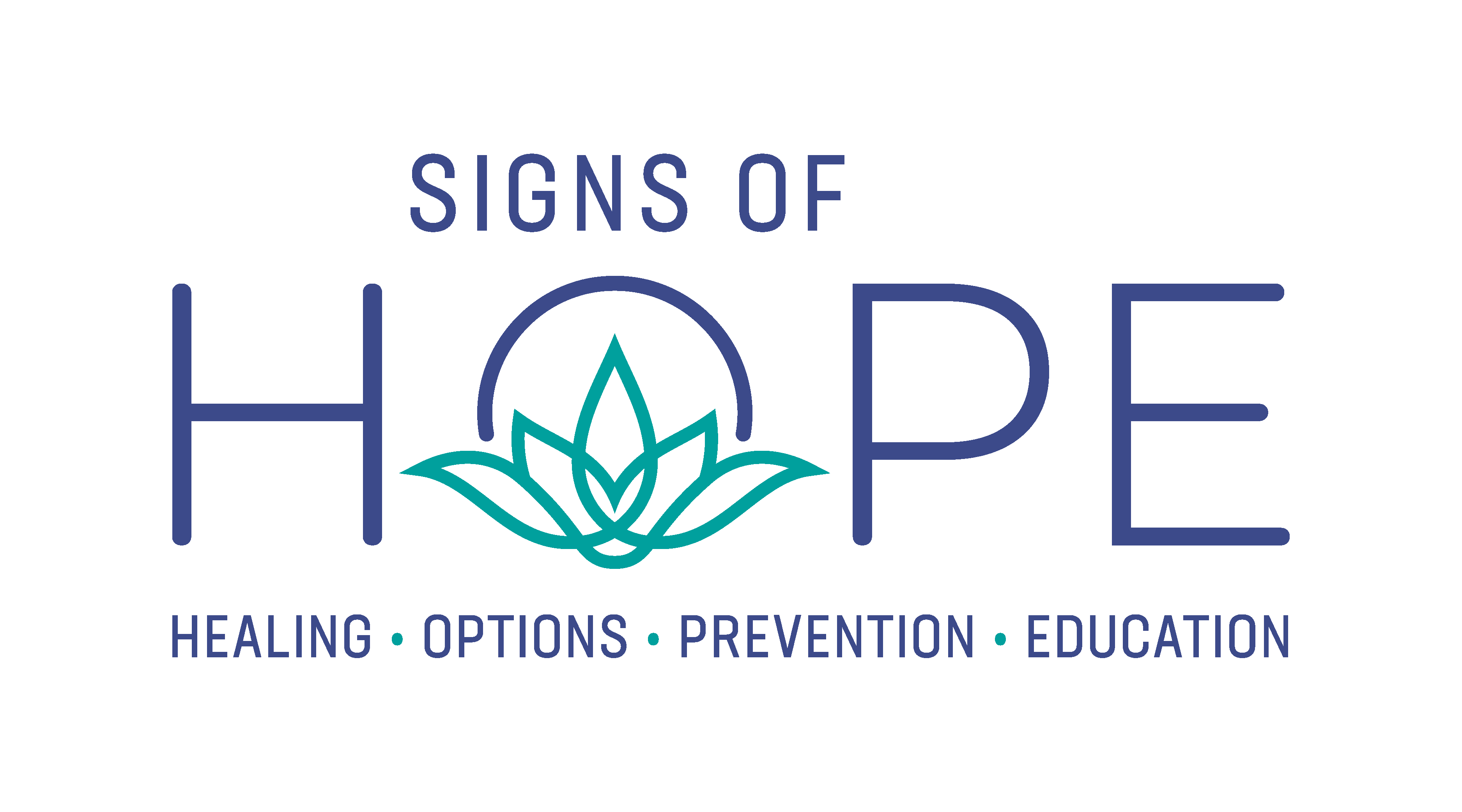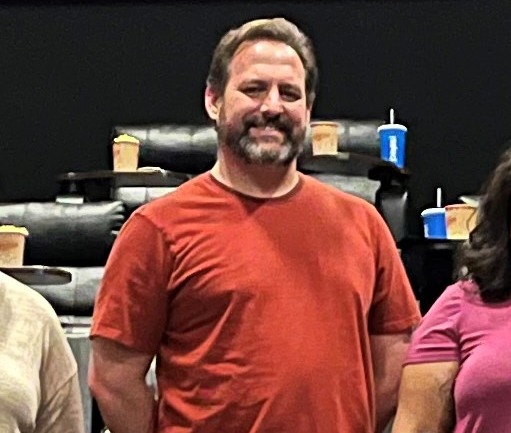In addition to one-on-one counseling and group support, Signs of Hope provides a variety of therapeutic modalities that can support the healing process. These include yoga, the holistic healing workshop series, and art therapy.
Art therapy is used for survivors of all kinds of trauma, but why is it helpful?
Art therapy provides survivors with a way to express themselves, process their emotions, and examine their experience of abuse or assault. Creating art allows survivors to express things that they’re not able to put into words. It can also create a safe distance from the experience, allowing for exploration through metaphor (for example, drawing a bird in a cage as a way to examine feelings of being trapped). A survivor can make something that expresses their feelings without having to put those feelings into words, or think about the details of the violence.
Like other forms of therapy, art therapy creates a space where it is safe for survivors to express themselves without fear of judgement. When done in a group or shared with others, art therapy is also an opportunity for survivors to feel less alone.
Here at Signs of Hopes, families are encouraged to come to art therapy together. Working on art together can be a way to communicate feelings that are hard to put into words, and talking about a piece of art can be a gentle way to start a conversation about difficult emotions.
The physical act of art making can be therapeutic in itself. Painting, drawing, and other hands-on techniques can stimulate the limbic system, a part of the brain that deals with emotions and memories. It can also increase dopamine and serotonin, which can elevate a person’s mood and encourage feelings of calm. These effects can happen even when the person isn’t making a piece of art specifically about their experience; coloring in a mandala pattern, for example.
The use of art therapy at SOH extends beyond the weekly workshop. PREA Coordinator Jameelah Lewis explains how and why this healing modality is integrated into her work:
As I entered my role within the Signs of Hope, I thought there should be a framework in which the work I do as a PREA Advocate should operate, thus I decided to base all activities/programs/exercises and etc. in Mindful and Emotional Awareness Tools (MEAT). Therefore, most activities allow for various types of creative expression such as writing, drawing, coloring, talking, listening, physical movements, and whatever the participants feel is the most effective way to express themselves.”
Feedback from clients on this approach has been overwhelmingly positive, Lewis says, “because of the diverse activities and allowance to participate as they felt comfortable”.
To learn more about all of the therapeutic services and healing modalities available through Signs of Hope, contact our office at 702-385-2153.




